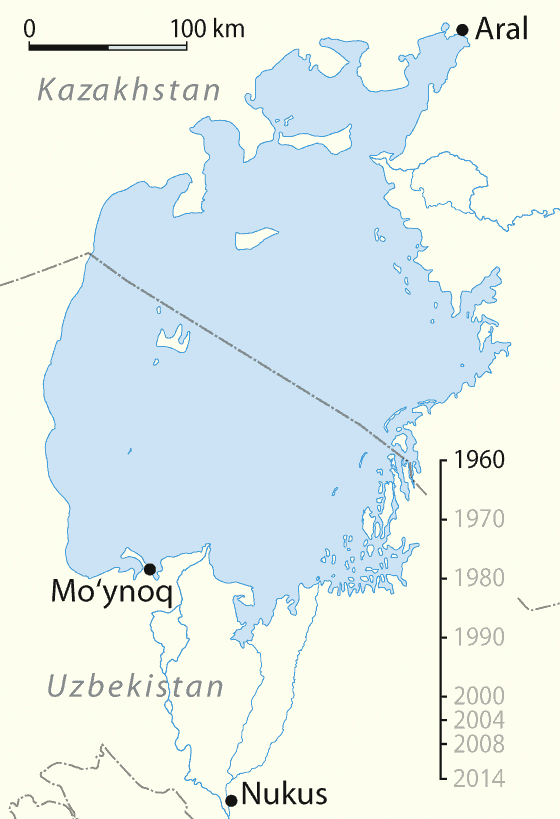Restoring the Aral Sea Ecosystem: A Call to Preserve Unique Biodiversity
The Aral Sea, once a magnificent inland reservoir, has now become a symbol of environmental disaster. The need to restore its ecosystem is more urgent than ever. This article examines the importance and urgency of the Aral Sea restoration process.

Disappearance of the Aral Sea:
An overview of the factors that led to the drying up of the Aral Sea and its impact on biodiversity and the environment. The loss of water in the region has led to serious consequences affecting both ecosystems and the health of local populations.
Threat to biodiversity:
Examines how the disappearance of the Aral Sea has affected the diversity of life in the region. Many species of fish, plants and birds are facing extinction due to changing habitats.
The role of the ecosystem in climate balance:
Discussion of how restoration of the Aral Sea ecosystem can help maintain climate balance. Marine vegetation plays a key role in sequestering carbon dioxide and ensuring environmental sustainability.
Impact on local population:
Assessing the impact of the disappearance of the Aral Sea on the local population, especially on agriculture and health. Ecosystem restoration can benefit society by creating new opportunities for sustainable development.
The international cooperation:
Consideration of the role of international communities, governments and organizations in the restoration of the Aral Sea. Interaction between countries to develop and implement joint strategies.
New technologies and innovations:
An overview of modern technologies and innovations that can be used to support the recovery process. Exploring possible approaches to sustainable ecosystem restoration.
Preservation of heritage:
The argument that restoration of the Aral Sea is not only an environmental necessity, but also a responsibility to future generations. Preserving a unique natural heritage for future generations.
Conclusion:
Summary conclusions about the need to restore the Aral Sea ecosystem to preserve biodiversity, climate sustainability and ensure the well-being of the local population. The importance of joint efforts at the global level to achieve this global goal is emphasized.
